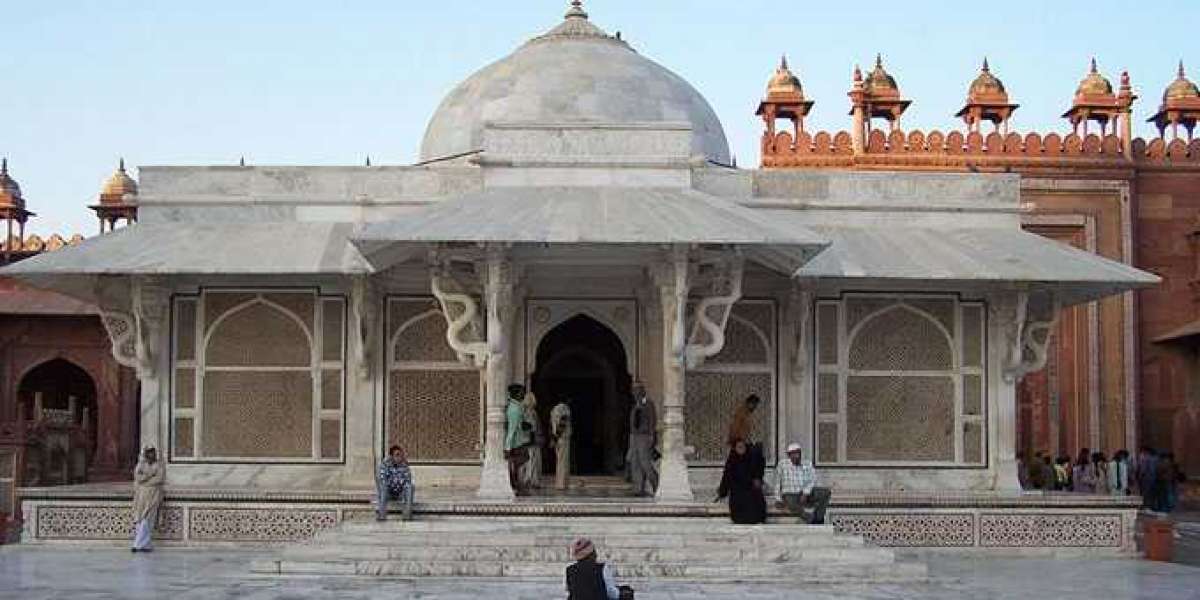The silk route also referred to as the Silk Road was a trade route that was used to link traders from Europe and China. It was a way where not only goods and people travelled along the link, but also ideas. The route passed religious and philosophical ideas that were used by people in those times. Chinese best manuscripts and paintings were discovered in this religion; therefore, it was of importance to many people. Other people from the Asian religion also discovered a lot of ideas like, making clothes, singing practices and many others from this place that they use up to date. A shrine is a sacred place or a holy place that is devoted to an ancestor, saint, hero and similar figures that are used to be worshipped. In many parts of the world, shrines are found in a lot of religions, non-religious and secular places like a war memorial. On the other hand, a saint is a person who is recognized for having an excellent degree of virtue, holiness and sanctity. Many religions attribute the names to many people whom they believe have a sense of holiness in them. Every religion has different names, which they give to people they believe are holy.
Mazar-i Sharif is a tourist attraction site because of the Ali shrine located here. The name means a noble shrine where some Muslims believe that the tomb of Ali, cousin of Muhammad the prophet is at this Mosque. This was after the remains of Ali were transferred to this place thus making some Muslims believe that it is where the tomb. However, most Muslims believe that the grave of Ali is not in the Mosque, but it is located in another place in Iraq. Arab al-Kahf in Turfan is also a shrine site commonly referred to as non- Arab shrine . The two shrines walk around the relationship between the Saints graves, landscape and natural phenomena in Central Asia.
In relation to these two selections on the Arabic Islamic religion, the writer approaches the two selections as per beliefs and in different ways. Some religions in Asia believe that tomb-shrines are a source of contention. On the other hand, some Islamic religion resists this saying that the argument of revelation does not tolerate a reflecting role in human beings. Muslim religion resists in the participation of rituals in the tombs since they believe that such rituals require them to pray to them rather than pray for them. In some Islamic religions, they believe that all those who obey God and hope for the hereafter are friends of God while some only believe that they are special friends for God. Some believed that the prophets like Muhammad are free from sin unlike saints who were not believed to be free from sin. Saints were regarded as the selfless and devoted, but not out of sins. The Prophet in Islamic religion was believed to be greater than the angels. Some religions believed that only the prophets were supposed to perform miracles while other religions believed that only God had the capability to perform miracles. In most Arabic-Islamic religions, the word holy is mentioned in rare occurrences since they believe that God is the great and holy one.
Each writer in these two shrines refers to the origin of a shrine in a special way. A shrine is a structure whose main use is to house the sacred objects. It is important since it is used as a building for safeguarding sacred and holy objects. Shrines were believed to have originated from nature. Forest, lightening, wind, mountains, animals and rains were associated with spiritual powers that were sometimes used to be worshipped. Rituals were held on mountains in the forests or near the big trees that were considered as sacred places for worship. For example, the blue Mosque was a shrine where most Muslims referred to as their sacred place. It was a place in which they had believed in the existence of Ali, one of their saints. The Mosque is a building dedicated for worship by the Islamic religion. It is from nature, where the spirits that gave life to humans came from and in nature they returned after death. Therefore, it is believed in many religions that nature consisted of the spiritual powers, where shrines originated. These Islamic religions used buildings such as lodges and Mosque to capture the attention of the pedestrians who passed along them. They constructed tomb-shrines, which were of influence to attract the attention of many people.
The writers use information such as visible sites represented by lodges that they used for accommodating people. These lodges influenced a lot of visitors to the shrines, thus communicating to them through the lodges of the sacred shrines. Religious practices were held on these shrines, and this passed a message on the importance of those shrines to the Islamic religions and other believers in religion. They also use symbols with directions and detailed information about the shrines. This makes it easy for people from a far distance to locate the place, thus making it easy for them to visit the shrines. The writers describe the shrines as holy places, where many religious rituals were carried out. They describe the sites in which the shrines are located as a base of many tourists who visit the place for exposure and an excitement source.
The shrines and the saints were surrounded by a lot of things. The writer emphasizes on the shrines being surrounded by lodges that attracted the visitors who passed along them. There were also guidelines that gave detailed information on the rituals practices. It gave details on rituals offered and the respective shrines that were to be attended for the rituals. This influenced many people, even those from a distance to visit the sites, since they had directions that gave them the way to the shrines. There were shrines that consisted of a large quad with other small ones which had roles of the shrine staff. These structures were used as subordinate of the large quad, where various practices were carried out. Therefore, people visited the shrines and carried out rituals that were practiced in the subordinate structures of the shrines like purification, bathing which was referred to as the cleansing of sins and many others.
In conclusion, many religions believe in different ways, as far as saints and shrines are concerned. This religion believes that shrines are sacred places to be respected, but there are other religions who believe that such things do not exist. Some religions argue that God is the only creator who is worthy to be worshipped and saints are idol gods that do not earn respect and are not worth to be worshipped. There are still some religions who believe in the worship of natural objects, which were given names as per the god represented by them. Other religions count those who believe in saints and those who visit shrines as idol worshippers who do not have a strong belief and faith in God. Therefore, it is determined by one's religious belief whether shrines and saints are sacred objects and places to be worshipped.
If the article was cognitive for you, proceed to read other articles or essay writing topics for school students from the exclusive paper company with a click on the link. Most of the articles are written by Lily Johnson, a professional essay writer














